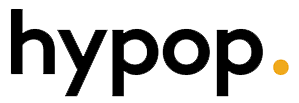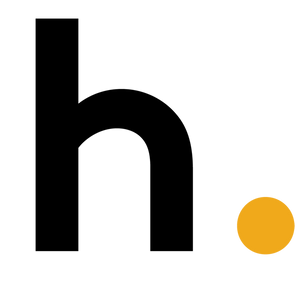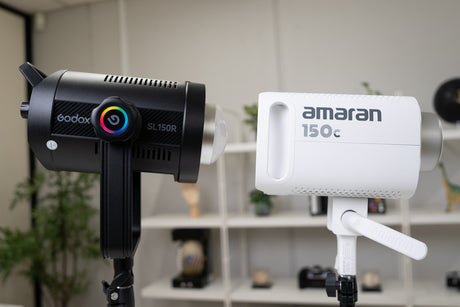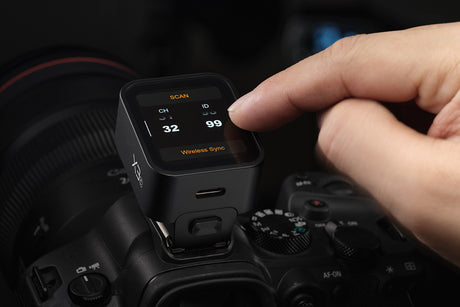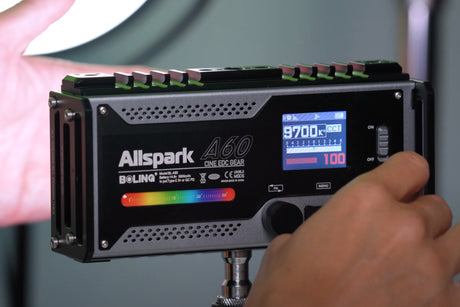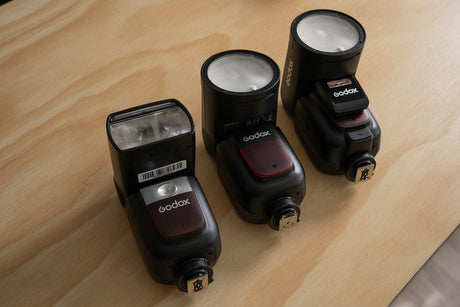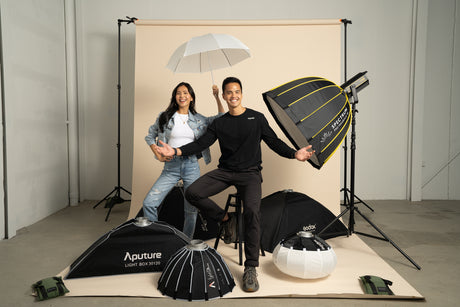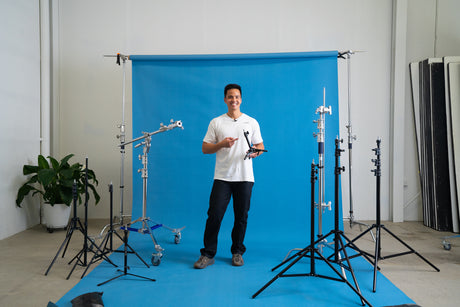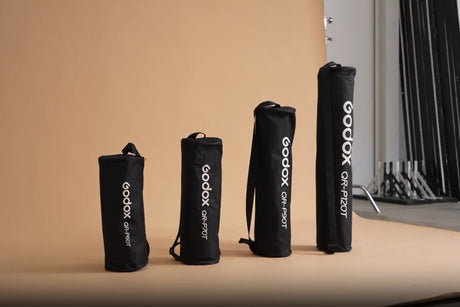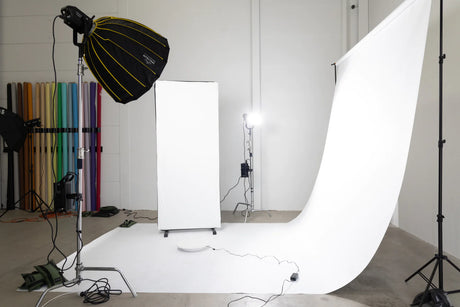If you are passionate about your business, hobby, or lifestyle, you can share your knowledge with a global audience through podcasting. The world is hungry for information, especially when it’s delivered in a convenient and entertaining manner. To begin podcasting at a basic level, all you need is a smartphone. Still, if you want to join the broadcasting professionals who earn a living through podcasting, you’ll need the appropriate equipment. Here are some questions to ask yourself before starting your podcasting adventure.
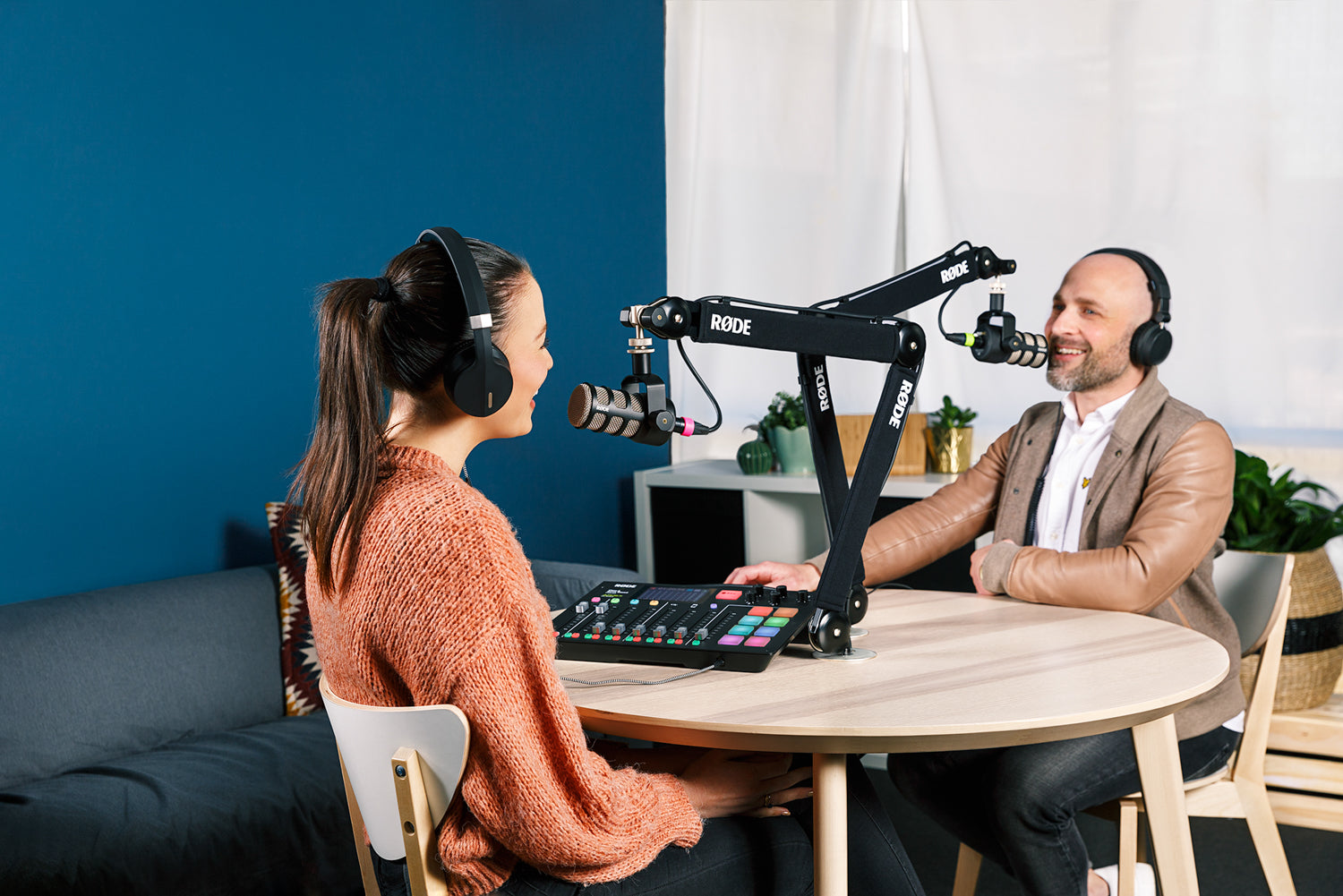
First Things First: Things to Consider
If you are enthusiastic about a subject, you won’t have to spend too much time preparing for your podcast; you can just open your mouth and let the information flow. It will be like talking to a friend about your favourite topic. But it pays to work out in advance how committed you are to this project.
After all, professionalism is vital if you want to do it long-term. It’s essential to decide who will be involved and how much time, energy, and money you are willing to spend to make it successful.
-
How serious am I about podcasting?
Are you treating podcasting as a hobby, or do you intend to turn broadcasting into a full-time career? If you plan to podcast to a small group of friends and family for your own entertainment, or if you are a business leader who wants to share updates with the team, there’s no need to go to extremes of effort and expense. But if you want to be a mainstream podcaster, having the proper setup right from the start will give you credibility, which is essential for building a following.
-
What is my budget?
Amateurs who want to have fun exploring the world of podcasting don’t need the brightest and shiniest toys to share information with the world. You don’t need to spend much to get a message across the airwaves. However, a bigger budget means better quality. When you work out how serious you are about your future in podcasting, you can match the level of your intended professionalism with the money required to meet these expectations.
-
How many people will be recorded? Will it be in-person or remote interviews?
Some podcasters can fill a segment by themselves, but audiences favour podcasts featuring at least two people who bounce questions and answers between each other. Having banter and humour amongst hosts is more entertaining than a monologue. When podcasting with a co-host or guest, you require a microphone and headphones for each person. There are extra challenges and costs if doing this with a co-host or guest in a remote location. You have to consider using a remote platform that records each person and syncs up the tracks, so you don’t have to edit it together afterwards.
-
Where will I record my podcast? Will I have a consistent space to record?
Not many people have access to a professional studio, but you don’t need one for podcasting. All you require is a location with as little noise and echo as possible. Choose a room with soft furnishings rather than bare walls that bounce sound to the microphone. A bedroom is an ideal place to record because the bed acts as a large sound absorber, and pillows can be placed around the microphone to ensure sound doesn’t get deflected. And bedrooms often have curtains that will soften reflected sound. Recording your podcast late at night is also worth considering, as there’ll be less traffic and distracting background noise.
-
Can I manage all the tech & gear?
Jumping into podcasting can seem overwhelming at first. Fortunately, with podcasting being so popular, many step-by-step online resources and tutorials are available. Microphones are designed to plug straight into a computer or mixer, and remote recording platforms have an intuitive interface that makes it easy to set up. It will be easier than you imagine, so don’t talk yourself out of it; just get started!
-
Will I record a video as well?
Recording video simultaneously with your podcast is an easy way to generate extra content for social media. Adding video brings your listeners into your recording space, which helps to build a connection with your audience. And uploading video content from your podcast to YouTube offers your show to a whole new audience. The easiest way to include footage from an in-person podcast is to capture video through a DSLR camera while recording audio through a separate microphone. You then combine and edit the video and audio afterwards. To record a video podcast with a remote co-host or guest, press record to capture images from the Zoom or Skype screen and record audio locally. Combining the audio and video in post-production is then required. This editing will take more time and may add to the production costs, but it’s an effective way to give extra value to your podcast's audience.
-
Will I need additional post-production editing (sound effects, music, audio clips)?
Some of the most successful podcasts, such as This American Life, Serial, and Radiolab, use sound effects and music to stir emotions and add spice to the listening experience. When you have enough experience with standard podcasting, take it to a more professional level by introducing appropriate audio. This brings another layer of entertainment to podcasts, especially ones based on a storytelling format.
-
What type of environment will I be recording in?
Podcasting is audio-based, so listeners want to hear the presenter's voice without annoying background sounds. Unless you are doing interviews on location, podcasts are rarely recorded outdoors. They require an environment that is free of distracting background sounds. Hire a studio, make a permanent podcast room in your home, or set up a temporary indoor area for occasional recordings.

The Essential List of Podcast Equipment (Explained)
The amount of podcast equipment you need depends on how sophisticated you want your audio to be. Of course, you will have a microphone, but unless you record straight to a computer, you will also need a recorder. If you have a recorder for multiple voices, then you will want a mixer. Using minimal equipment means the process is simple, but you’ll have less control over the outcome. Extra equipment adds flexibility but more significant expenses.
-
Computer or Smartphone
In a podcast, the audience is focused on your voice, so make it as good as possible. The best audio will be from a microphone plugged into a computer or recorder. A smartphone can be used if you are starting a podcast and have a limited budget. However, attach a lavalier microphone that clips to your shirt to make the audio reach a reasonable standard. A lavalier allows you to speak without holding an external microphone, and they have better quality than the inbuilt mic of a smartphone.
-
XLR or USB Microphone
To the average person, it can seem that all podcasting microphones do the same job; they record voices. But some microphones are designed for musicians and others for spoken word. Unless you work from a professional studio, podcasters prefer dynamic microphones that are less sensitive than other mics, so they don’t pick up as much background noise. Microphones are based on either XLR format or have a USB cable. XLR mics are more professional, but many USB mics are good enough for podcasts. XLR microphones require an audio interface, mixer, or podcast recorder, whereas USB microphones can plug straight into your computer. XLR microphones give you more control over the sound quality. A USB mic is ideal for beginners, especially if you are doing a solo podcast or simple online interviews.
-
Lighting
Just as an audio podcast needs a good microphone, a video podcast requires appealing lights to help your audience see facial expressions. Professional-looking video is the gateway to attracting new viewers and listeners.
-
Mixer
Audio mixers take audio from multiple input sources and blend them to form a unified output. Some will also offer the ability to add effects. A mixer is essential for controlling audio levels from multiple sources. Creating a podcast without a mixing desk is possible, but an XLR microphone plugged into a podcast mixer will make recording and mixing much easier.
-
Pop Filter or Windscreen
Pop filters and windscreens reduce unwanted noise from your recordings. A pop filter is a piece of mesh in front of a microphone. It protects the recording against popping sounds caused by the impact of air moving quickly against the microphone when talking. Pop filters reduce the blast of air and stop audio spikes from occurring. Pop filters are used in a studio, while windscreens are for recording outdoors. Windscreens are protective coverings for the microphone made from foam or fake fur. In windy environments, they allow audio to pass through while reducing the whistling of the breeze and minimising background noise.
-
Podcasting Headphones
Wearing headphones is a crucial part of podcasting. The host and the guests must wear them. Headphones help you stay aware of background noise and electrical interference. When your podcast guests have headphones on, they’ll be able to hear if they are too loud or soft. If they don’t have a pop filter, they can adjust their microphone technique if they listen to themselves popping when they say a word starting with a hard consonant.
-
Microphone Stand
A floor stand with a boom arm will hold your microphone in front of your face for accurate and consistent vocals. Don’t even think about hand-holding a microphone during a podcast. You will continuously and unwittingly change the position of your microphone and input levels. Desktop stands are a popular option, but they can pick up and record every sound you make as you move items around your workstation or drum your fingers while you think of the next pearls of wisdom you will share.
-
Acoustic Treatments
When recording in a small room, sound travels from your mouth to the microphone, but it also bounces off walls and reaches the microphone again in annoying reverberation. Reverb is avoidable if you use acoustic treatments such as absorption, diffusion, and Absorption is the most common way to dampen reverb; it’s simple too. Place material between yourself and a reflective surface to absorb the sound waves. Choose soft furniture, draw the curtains, and use rugs on the floor. Diffusion is another way to redirect sound and stop it from bouncing back to the mic, and it’s achieved by placing various oddly-shaped objects around you. Each surface must have different depths and angles to scatter sound in different directions and speeds.
-
Camera or Smartphone
Recording a podcast on a DSLR or mirrorless camera has the advantage of superb quality! Combining a great lens with a large sensor means crisp, sharp video that’s bound to impress viewers. The disadvantage is that most cameras overheat when their sensors are open for 30 minutes. They are not ideal for long-form videos. Interviews between the host and an online guest are better served through webcams or the computer’s inbuilt camera. Using Zoom, Skype, or online podcast platforms straight from smartphones is a viable alternative. Many apps are available to help make podcast recording, editing and publishing easier than ever. The disadvantage of using a smartphone for podcasting is the reduced video quality compared to a DSLR or mirrorless camera.
-
Recording & Editing Software
The online world is full of recording and editing software, but most are for music production. Look for dedicated podcasting packages. Adobe Audition is one of the best programs to edit podcast videos and audio. It’s available on subscription as part of the Adobe Cloud bundle of apps or as a stand-alone product. Mac users can take advantage of the free GarageBand app that allows multiple tracks for music and includes intros, outros, and options for ad spots. All have fade-in/out and level adjustments. Audacity is free, powerful software available for macOS and Windows.
-
Podcast Hosting Provider
A podcast host is not the same as a regular web host because it offers podcast-specific features that make storing and delivering media files more accessible. Reputable podcast hosting sites use servers designed to store large files for download and distribution. Look for one that has real-time podcast analytics and a podcast player that will work well on all sizes of screens. With your podcast safely stored on a podcast hosting provider, the public uses apps such as Apple Podcasts, Google Podcasts, Spotify, Audible, Stitcher, and TuneIn Radio to find, follow and listen to your creation.

Three Equipment Bundles for All Levels
Whether you want to test your podcasting abilities with a beginner bundle, start a business based on your talent and ideas, or take your podcast journey to new heights, we have the equipment to suit your needs.
1. The Hobbyist (Beginner Bundle)
- Type of Podcast: An advice show or solo opinions.
- Recording Space: As a beginner, you’ll need a minimal setup to record your voice or remote interview. All you need is a laptop or smartphone, Internet connection, and a place to record with low ceilings and preferably carpeted flooring.
- Editing Software: Audacity (free), GarageBand (free for Apple Users)
- Microphones: Rode Vlogger Kit iOS Edition with VideoMic Me-L, Rode Vlogger Kit Universal Edition with VideoMicro (3.5mm)
- Headphones: Rode NTH-100
- Lighting: Spectrum 5.5” Crystal Air
- Interview Tools: None

2. The Power User (Mid-Range Bundle)
- Type of Podcast: A co-host show, in-person and remote interviews, additional audio effects, and audio clips.
- Recording Space: To produce high-fidelity audio for your interviews or co-host recordings, you’ll need a space that can handle multiple people and doesn’t have background noise. A traditional office or meeting room with low ceilings will suffice (beware of loft spaces, wood floors, and exposed beams). Also, most local libraries have small soundproof rooms that you can rent for free, and they’re generally known for minimising background noise.
- Editing Software: Adobe Audition (Paid Plan), Avid Pro Tools (Paid Plan)
- Microphones: Rode NT-USB, Godox VDS-M1, Godox UMic10
- Audio Interface: Rode AI-1, Rode AI-Micro
- Microphone Stands: Rode DS1, Boya BY-BA20
- Headphones: Rode NTH-100, Audio Technica ATH-M50X
- Lighting: Spectrum 9” Crystal Luxe Kit
- Interview Tools: Zoom Pro (Paid Plan), Riverside.fm (Paid Plan)

3. The Professional/ In-house Team (Experienced Bundle)
- Type of Podcast: Interview style with heavy post-production edits
- Recording Space: The heavy lift in starting a podcast is in the production. That includes recording, technical support, editing, and optimising uploads to platforms. A contractor should take up a majority of your podcast budget. Podcast producers and editors range in pricing and quality.
- Microphones: Rode Podmic
- Audio Interface: Rode Podcaster II
- Microphone Stands: Rode PSA1, Rode PSA1+, Rode DS1, Boya BY-BA20, Boya BY-BA30
- Headphones: Rode NTH-100, Audio Technica ATH-M30x, Audio Technica ATH-M50X
- Lighting: Spectrum 9” Crystal Luxe Kit
- Interview Tools: Zoom Pro (Paid Plan), Riverside.fm (Paid Plan)

Final Thoughts
Some people turn to podcasts for entertainment; others tune in for information relevant to their careers or lifestyle. A podcast is your opportunity to give them what they want. If you have a passion, it’s a sure bet that others feel the same way and are craving a connection. You can start with a smartphone or produce quality shows with a microphone and computer. The most important thing about making a podcast is stepping up to the mic and delivering content. Begin that audio adventure today!

